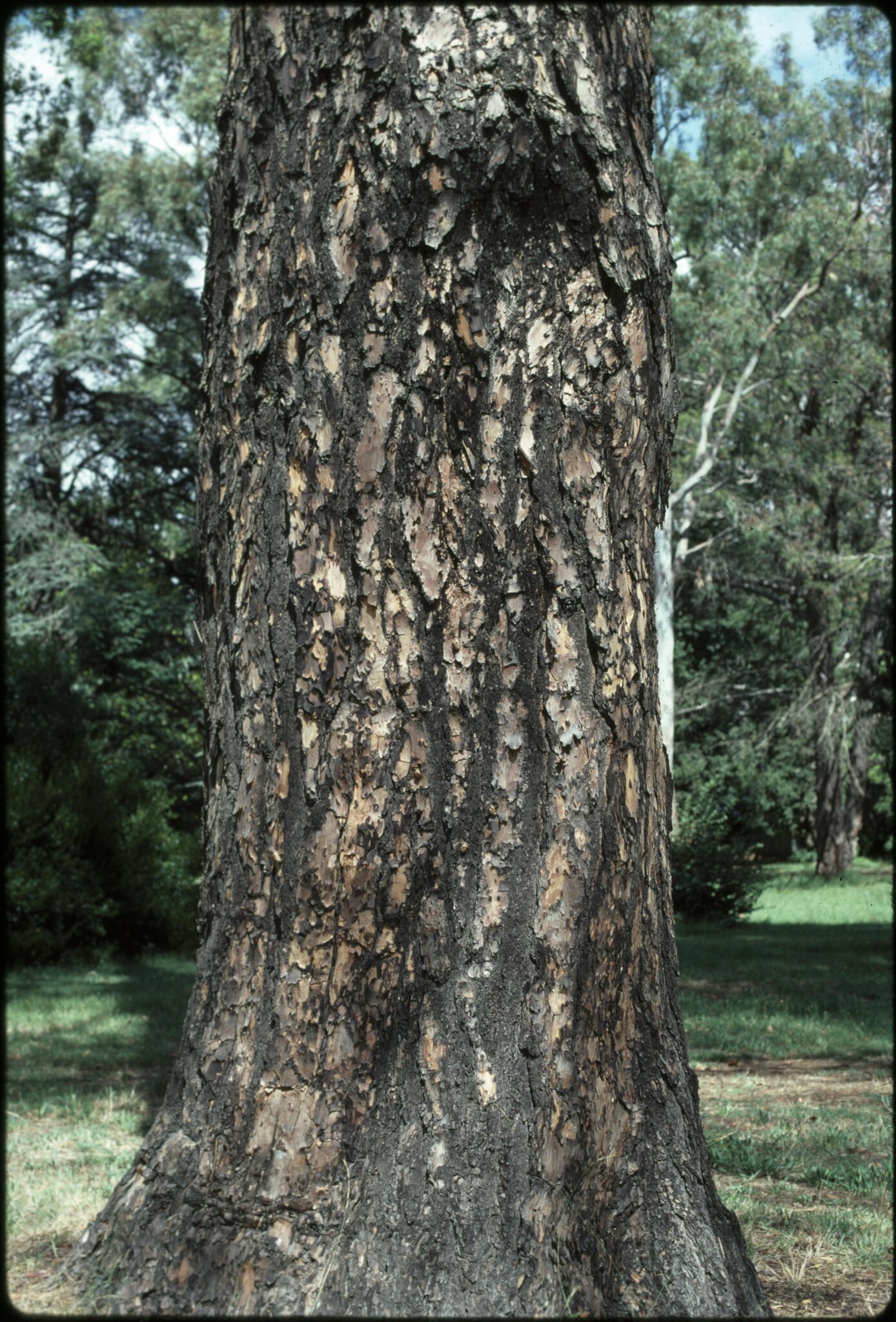
Buds scaly and often resinous. Leaves linear or needle-like to oblong, spirally arranged (but sometimes by a twisting of the leaf stalk appearing 2-ranked) or in dense clusters on short spurs. Shoots sometimes hairy and generally with regular annual growth. Male and female cones borne on the same plant. Cones with spirally arranged scales and surrounded at the base with bracts. Male cones catkin-like with scales having two pollen sacs below. Female cones, woody when mature, erect to pendulous, the scales of two parts, a lower scale (bract) and and upper scale which usually bears two ovules on the upper surface; cones in some genera fall apart at maturity. Seeds generally winged.
A widespread family of mostly evergreen, resinous trees. In nature the family is noted for its vast Northern Hemisphere single-species forests of: Larix, larch; Abies, fir; Picea, spruce; and Pinus, pine.
13 genera, c. 250 species mostly from temperate to subtropical Northern Hemisphere.
Leaves narrow, needle-like, linear or sometimes flattened.
Page (1988), Frankis (1989b), Farjon (1990b).
Source: (1995). Pinaceae. In: . Horticultural Flora of South-eastern Australia. Volume 1, Ferns, conifers & their allies. The identification of garden and cultivated plants. University of New South Wales Press.
